What Light Spectrum Is Best For Flowering Indoor Plants?
-
Chris Dosser
- January 24, 2021
If you buy something using the retail links in our articles, sometimes we earn a small affiliate commission. This does not impact the products we recommend.
Encouraging indoor plants to grow and flower is best achieved under light that mimics the properties of the sun’s rays. Replicating these conditions for houseplants means providing light from a full spectrum grow light.
Full spectrum lights as the name suggests emit light of many wavelengths from across the visible light spectrum. This variety exposes plants to most of the types of light that is crucial for plant development during all stages of the growth cycle. To encourage flowering in particular the spectrum of light provided to indoor plants should include a moderate to low red light (600nm – 700nm) to far-red light (750nm – 850nm) ratio.
Commercial horticulturalists customise their ‘recipe’ of light to include desired proportions of blue, red and green light that encourage particular growth responses in plants. This is useful to best provide for the particular needs of an individual species, or end goal (i.e. are more flowers desired, or is foliage yield more important?).
Keep in mind that irrespective of the proportion of blue/green/red light that is emitted by a full spectrum light, it will generally improve the overall health of your indoor plants and make them more likely to flower.
If you don’t have access to plentiful natural light in your home, you might want to encourage flowering by supplementing artificial light from a grow lamp, or even a full spectrum LED bulb.
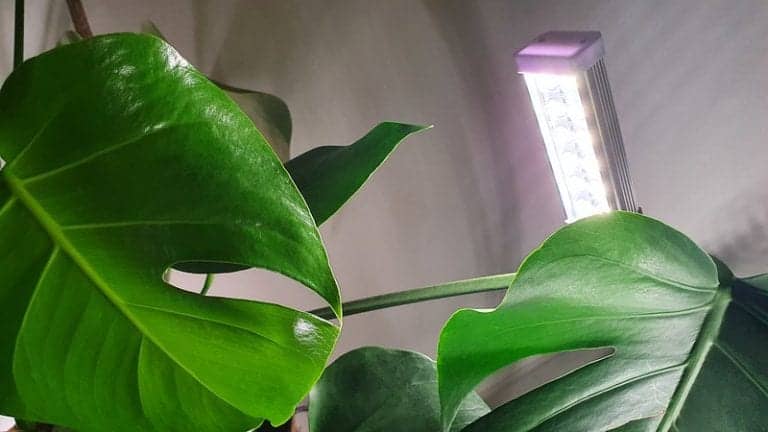

What wavelength of light helps indoor plants to flower?
Houseplants thrive in conditions that are as similar as possible to their natural habitat.
For example, if a plant is native to an arid desert, such as succulents like Aloe Vera, they should be grown in free-draining sandy soil. If a plant is naturally found in a rainforest (such as orchids), it should be kept in a room that is high in humidity, like the bathroom.
Whilst not all plants require the same growing medium, when it comes to light they do all share a common natural light source, the sun, which is essential for carrying out photosynthesis and growing.
The best type of light for growing indoor plants and helping them flower is one that is as close as possible to the properties of natural light. This means a range of wavelengths rather than the limited spectrum provided by conventional indoor light bulbs.
Wavelengths of light that are of particular value to helping plants flower are….
- Far red light (light of wavelengths between 700nm and 850nm) is slightly shorter in wavelength than infra-red light, and promotes flowering. Far red light, is less well absorbed than red light and so transmits through to leaves not exposed to direct light.
- Red light (light of wavelengths between 600nm and 700nm) causes plants to increase in biomass. Exposure to a high proportion of red light causes plants to grow tall, increase stem length and begin to appear rangy.
In addition to providing red and far-red light, full spectrum light also includes photons of wavelengths that benefit the general health of plants.
- UV light (light of wavelengths between 100nm and 400nm) when exposed to plants elicits a response that includes increased leaf thickness, as well as resistance to environmental stressors such as pests and fungus. Stronger color tones have also been reported after a plant absorbs UV light.
- Blue light (light of wavelengths between 400nm and 500nm) promotes a structure of dense, compact foliage as well as encourages root development. Blue light also promotes the production of secondary metabolites such as those needed to generate color and aroma in flowers.
- Green light (light of wavelengths between 500nm and 600nm) is absorbed less efficiently than red and blue light, with 10% – 50% of it being reflected. It transmits deep into the canopy to provide for leaves that are starved of red and blue light.
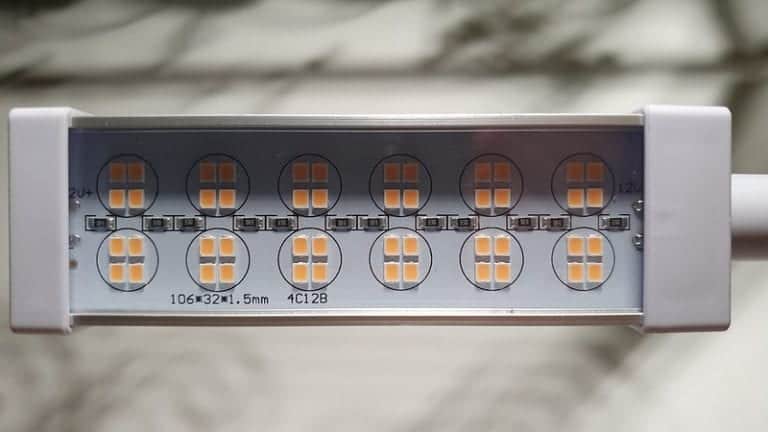
Why are LEDs used as grow lights?
LED stands for Light Emitting Diodes, which are diodes that are composed of silicon crystals and other elements which release energy as light when supplied with electricity.
LED lights make excellent grow lights. In fact, they were actually designed for that very purpose by NASA, who were researching ways to provide light for food crops to be grown during long space voyages. Therefore, they are capable of providing fantastic full spectrum light to help your plants grow AND bloom.
LED grow lamps operate as full spectrum lights because each of the individual diodes can be designed to emit a particular wavelength of light. This allows any desired ratio of blue:green:red light to be formulated.
Moreover in testing, LED lights have been shown to last up to 40,000 hours longer than regular incandescent bulbs. Do the calculations and we are talking about an extra decade or more on the life of a bulb. They are also far more energy efficient and will save you money on your electricity bill.
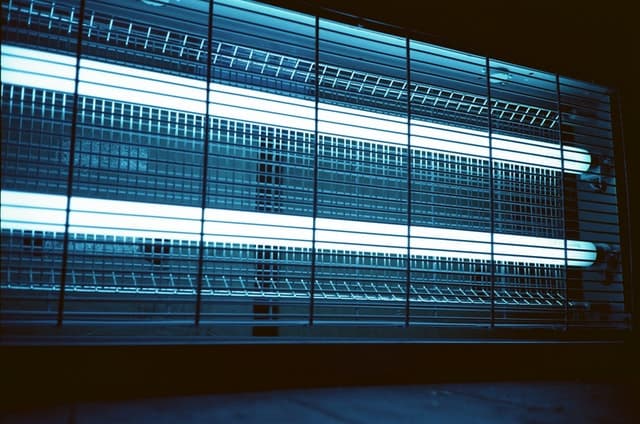
Why are fluorescent lights used as grow lights?
Fluorescent lights and compact fluorescent lights (CFLs) function when an electric current passes through a tube which contains a gas, typically mercury vapor and/or argon. These gasses give off energy in the form of UV light, which is converted into visible light by a coating on the inside of the glass tube.
Fluorescent lights and CFLs both provide desired wavelengths of light for plants to grow and photosynthesize. One advantage fluorescent lights have over traditional lighting is that they last longer than conventional lighting and another is that they remain cool enough to allow them to be placed close to the plants without burning their leaves.
However, when it comes to cost and durability, most indoor gardeners opt for budget LED grow lights.
Conclusion
The collage of wavelengths produced by natural light photons each play a crucial role in encouraging plant development. Where far red light is known to stimulate flowering, to actually reach the point where the plant is capable of maturing to the point of producing buds requires more than just light of that frequency alone.
Indoor plants, like outdoor plants require full spectrum light to help them bloom.

Chris Dosser
Co-Founder of Eden Indoors
Chris is a self-taught horticulturist with over a decade of experience caring for houseplants and creating lush, thriving indoor oases. He specializes in Monstera, and by self admission has a serious problem with buying and propagating rare indoor plants!
Similar Posts
12 Tall Office Plants That Thrive In Low Light Conditions
Office environments aren't known for their access to natural light, which can make finding tall plants for such spaces difficult. Here's 12 tall plants that tolerate low light conditions.
Do Normal LED Lights Help Houseplants Grow?
If you, like us, are just keen to keep your office plants alive and really don’t care all that much about the rate of growth or the yield of the plant then...

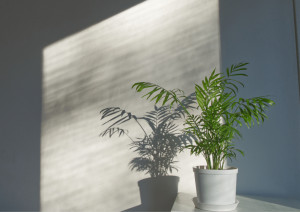
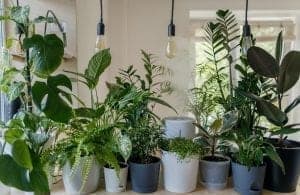

Pingback: Is It Possible to Use A Regular Table Lamp to Grow Plants? | Eden Indoors